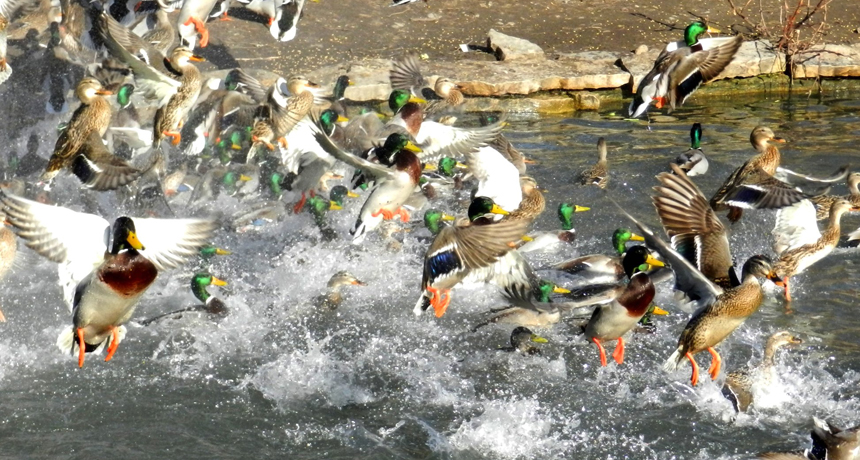Ducks may like water, but they don’t use it to navigate

North American ducks supposedly use rivers to navigate during migration. But when scientists tracked them with radar, they found the birds ignored a waterway.
John W. Iwanski/Flickr (CC BY-NC 2.0)






